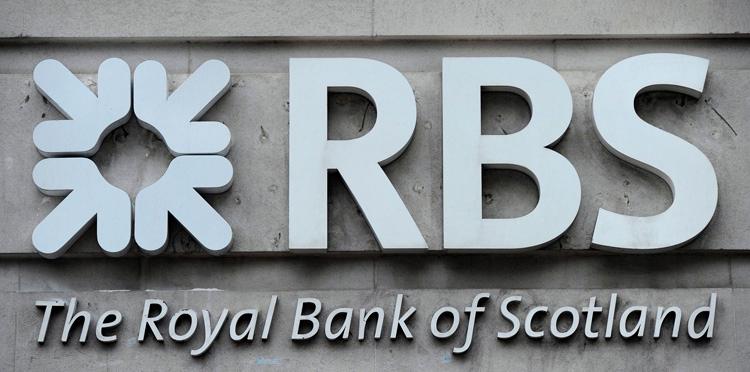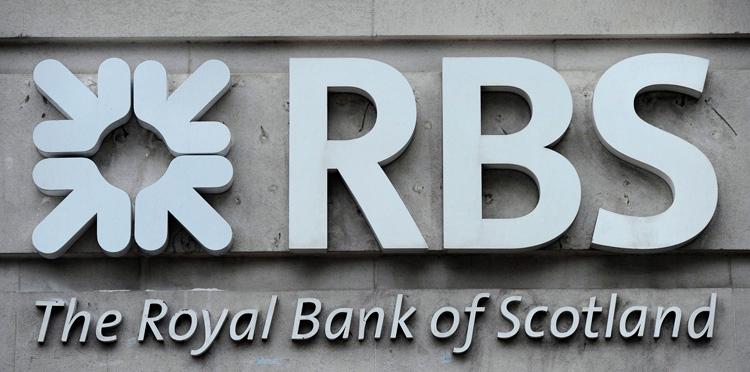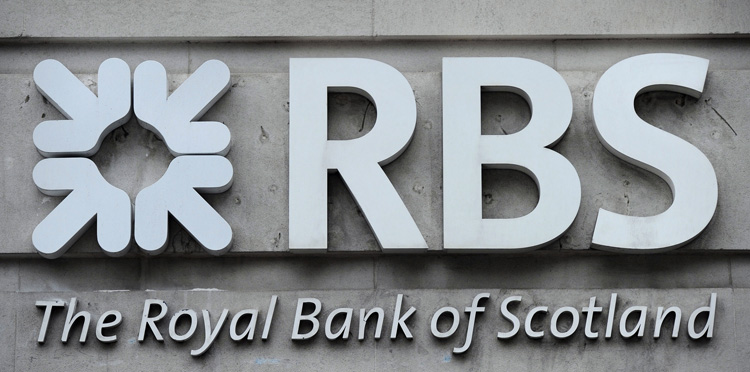Cash has turned into rare commodity, and European banks are at a point where few sources are left that could pump cash into their coffers.
“The EBA’s [European Banking Authority] Board of Supervisors has agreed that exceptional measures to restore confidence in the banking sector are urgently needed to enhance the quality and quantity of banks’ capital to withstand shocks and to address systemic risk,” announced the EBA in a Dec. 8 report published on its website.
Dismal results from a bank stress test performed by the EBA in September and released in December indicated that banks might run out of money, spurring the authorities into immediate action.
Europe’s banks have to come up with a total of $149 billion [114.7 Euros] by mid-2012 to improve their capital reserves and present a plan as to the actions they will take to achieve this goal by Jan. 20, 2012.
Greek banks need $39 billion, about 34 percent of the $149 billion, followed by Spain’s banks, requiring $34 billion. Italy’s banks are short $20 billion, Denmark’s banks will need $13 billion, French banks are told to come up with $9.5 billion, and German banks with $17 billion.
Banco Santander S.A. of Spain has to come up with the largest amount, $15 billion. Following Banco Santander, with a much smaller amount of $8 billion, is Unicredit S.p.A. of Italy.
“These measures form part of a broader European package … to address the current situation in the EU by restoring stability and confidence in the markets,” announced the EBA on its website.
Driving European Authorities Into Action
“The Governing Council of the European Central Bank (ECB) has today decided on additional enhanced credit support measures to support bank lending and liquidity in the euro area money market,” declared the ECB in a Dec. 8 press release.
Liquidity, a situation where either cash for immediate or short-term obligations is present or not, has reached a point in the European market that spurred the ECB into action.
The ECB is offering two three-year interest-bearing lending facilities to European banks for which they won’t charge a penalty if they are repaid within one year.
The liquidity improvement plans by the ECB are very aggressive, which, according to banking sector analysts, herald a new era of lending activities and the end of the liquidity squeeze.
The analysts are a little cynical, stating that the ECB is not that interested in the liquidity of the banking sector, but more so in getting banks’ lending activity jump-started.
To improve the liquidity position of European banks further, “the European Central Bank (ECB) has decided to conduct two one-day liquidity-providing fine-tuning operations (FTOs). The first will be allotted on 20 December 2011 and the second on 28 February 2012,” according to an ECB press release on Dec. 16.
Too-Big-To-Fail Paradigm
“When companies fail, they either restructure through bankruptcy or they get sold off. … The problem is that if we save every company who’s [sic] failure would ‘devastate’ our economy, that means most companies would have to be saved. It’s never a good thing when a company fails, and it’s even worse when a big company does. That is the nature of the capitalistic system,” argued a November article on The Provocateur website.
In reality, the economy did not fall apart when large companies were allowed to fail or were reduced from their former size. Woolworths, a major U.K. merchandiser, has been reduced to a mere fraction of its former size. Polaroid filed for bankruptcy in 2005. Bethlehem Steel, which was involved in many infrastructure projects, including railroads and nuclear reactors, filed for bankruptcy in 2001 and never recovered. Pan American World Airways, once considered to be the largest international air carrier, failed in 1991.
Yet, the too-big-to-fail paradigm has not disappeared, despite the U.S. public’s uproar when the federal government bailed out banks and the auto industry, including Fannie Mae, Freddie Mac, American International Group Inc. (AIG), General Motors Co., Bank of America Corp., Goldman Sachs Group Inc., and Wells Fargo Bank N.A.
At the most recent G20 meeting in early November, the Financial Stability Board (FSB) released a list of 29 financial institutions it considered too large to fail. These institutions are based in 12 countries, with eight banks in the United States (including Bank of America, Citigroup, and Goldman Sachs), four in the U.K., and four in France.
“No private financial institution should be viewed by markets as being too important to be
allowed to fail. … The implicit government backing they [systemically important financial institutions— SIFIs] have enjoyed has provided them with funding and competitive advantage over non-SIFIs,” argued a 2011 International Monetary Fund Staff Discussion Note.
Poor Decisions Cause Royal Bank of Scotland to Fail
“People want to know why RBS [Royal Bank of Scotland] failed and why no-one has been punished,” said Adair Turner, chairman at the Financial Services Authorities (FSA), in a December press release.
An exhaustive investigation couldn’t find sufficient evidence that would have allowed the FSA lawyers to successfully argue their case in a trial.
Media reports suggested that the FSA had no intention of being transparent about the RBS bailout and had not formerly produced a report until two years after the bailout. It was forced into action by the U.K. Treasury’s Select Committee and political uproar.
The FSA, the regulator of U.K. lending institutions, took another year to produce a 452-page report detailing the failure of the RBS, which was published in December 2011.
The RBS is a member of a group of banks that are considered too large to fail. The bank is also named on the FSB’s list of financial institutions deemed too important to the economy for the capitalistic theory to come into play.
The U.K. government now owns 84 percent of the RBS, as it bailed out the failing bank for $71.2 billion in 2008. The RBS was placed under the auspice of UK Financial Investments Ltd., which was granted 75 percent voting rights, allowing the remaining 16 percent to still be traded on the London Stock Exchange.
“RBS’s failure amid the systemic crisis ultimately resulted from poor decisions made by the RBS management and Board,” according to the press release announcing the publication of the report.
The capital position of the bank was destabilized by flawed management choices that resulted from taking advantage of a lax regulatory system. Also, the bank’s dependence on short-term wholesale funding, which was far too risky, played a role in the bank’s problems.
The RBS was not assigned full blame, as regulatory inefficiencies and the FSA supervisory failings were quoted as also having been instrumental in the final collapse of the bank.
Another nail in the RBS coffin was the takeover of ABN AMRO, a Dutch bank, despite participating in the sale in a consortium with Santander and Fortis N.V.
“The takeover of ABN AMRO weakened RBS and may well have tipped it over the edge into failure, but this [RBS] was a bank that played fast and loose in other areas too,” according to a recent article on The Economist website.
The rules of the game have changed since 2007, and a number of reforms and guidelines that prevent failure of a bank or give fair warning had already been implemented before the failure of the RBS and takeover by the U.K. government.
“In a market economy, companies take risks on behalf of shareholders and if they make mistakes, it is for shareholders to sanction the management and board by firing them,” said Turner in the FSA press release.
He qualified his remark by saying how financial institutions differ from firms that are not large enough to pose systemic risk to the economy: “Banks are different, because excessive risk-taking by banks, for instance through aggressive acquisitions, can result in bank failure, taxpayer losses, and wider economic harm. Their failure is a public concern, not just a concern for shareholders.”






